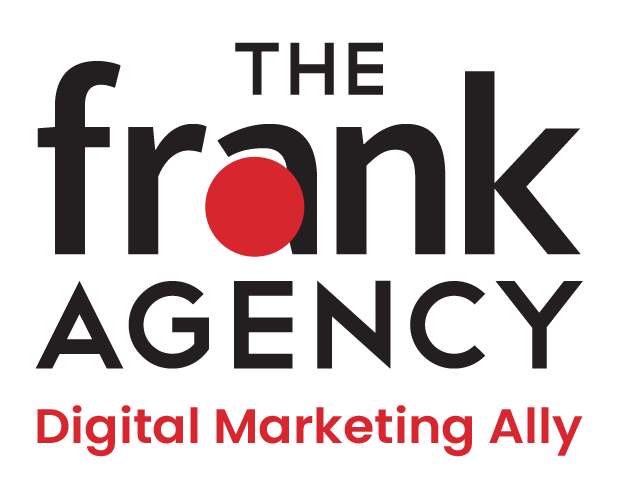Loyalty Program: Rewards and Incentives for Customer Loyalty
In a competitive marketplace, businesses need to focus not only on acquiring new customers but also on retaining existing ones. A loyalty program is a strategic marketing approach that aims to reward and incentivize customers for their repeat business, fostering long-term loyalty and increasing customer retention.
The Importance of Loyalty Programs:
- Customer Retention: Loyalty programs are designed to encourage customers to keep coming back. By offering rewards, discounts, or exclusive perks, businesses can enhance the overall customer experience and motivate customers to remain loyal.
- Repeat Business: Loyalty programs create an incentive for customers to make repeat purchases. The promise of future rewards or benefits encourages customers to choose a particular brand over competitors, driving increased sales and revenue.
- Customer Engagement: Loyalty programs provide a platform for ongoing engagement with customers. By offering personalized promotions, product recommendations, or exclusive offers, businesses can strengthen the relationship and build a sense of community around the brand.
- Data Collection: Loyalty programs provide valuable insights into customer behavior and preferences. By collecting data on purchase patterns and customer interactions, businesses can gain a deeper understanding of their target audience and tailor their offerings accordingly.
Key Components of a Loyalty Program:
- Rewards: Loyalty programs offer various types of rewards, such as points, discounts, cashback, free products, or exclusive experiences. These rewards motivate customers to continue purchasing from the brand and provide a tangible benefit for their loyalty.
- Tiered Structure: Some loyalty programs adopt a tiered structure, where customers can progress through different levels based on their engagement and spending. Each tier offers additional benefits, creating a sense of achievement and encouraging customers to strive for higher status.
- Personalization: Effective loyalty programs leverage customer data to offer personalized rewards and experiences. Tailoring rewards to individual preferences enhances the customer experience, making customers feel valued and appreciated.
- Communication Channels: Loyalty programs require effective communication channels to keep customers informed about their rewards, upcoming promotions, or new offerings. Utilize email marketing, mobile apps, or SMS notifications to maintain ongoing engagement.
Measuring the Success of Loyalty Programs:
- Customer Participation: Measure the number of customers actively participating in the loyalty program. A high participation rate indicates the program’s effectiveness in engaging customers.
- Repeat Purchase Rate: Track how frequently program members make repeat purchases compared to non-members. A higher repeat purchase rate suggests that the loyalty program is driving customer loyalty.
- Redemption Rate: Monitor the percentage of earned rewards that are actually redeemed by customers. A higher redemption rate signifies that customers value the rewards and are motivated to engage with the program.
- Customer Feedback: Collect feedback from program members to gauge their satisfaction and identify areas for improvement. Customer insights can help enhance the program and make it more appealing to participants.


